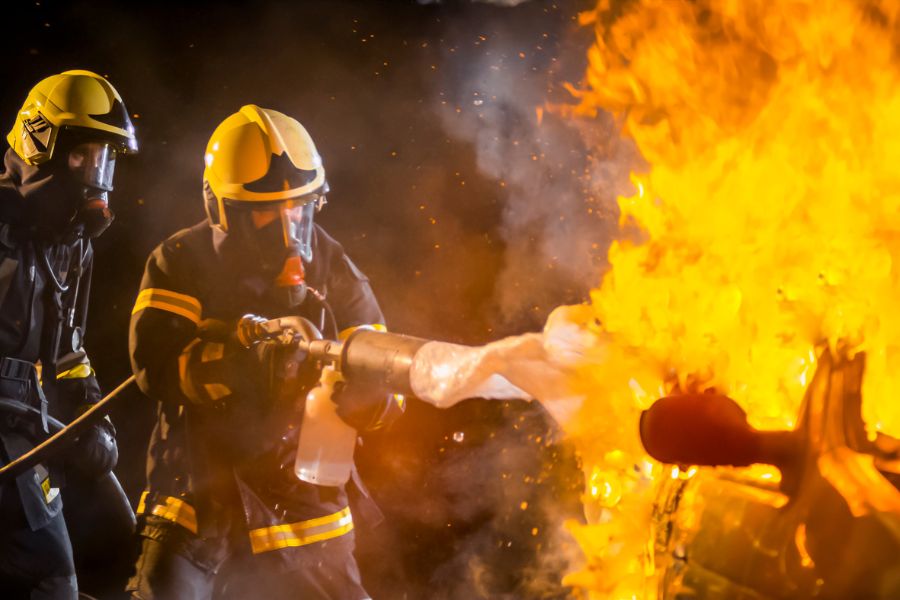
fire extinguisher system
A Fire Extinguisher plays an important role in every place like Office, Home, Car, etc. Also, Automatic modular extinguishers & Fire extinguisher systems are important for Server racks, Data centers and many big companies to douse fire before a big fire incident occurs. Every extinguisher is designed to tackle different types of fires. Fire suppression systems are governed by the codes under the National Fire Protection Association, also known as the NFPA. This organization writes codes, regulations, and recommendations on the proper installation and maintenance of these fire suppression systems. Likewise, the NFPA also lists criteria that must be met for the requirements of certain types of fire suppression systems.
Importance & Types of Fire Extinguishers
A fire extinguisher system is a safety mechanism designed to quickly extinguish fires in emergencies. Having fire extinguishers in your building, factory, office, or home is crucial, as it protects both lives and property.


Types of Fire Suppression Systems
Water-based Fire Extinguisher (Class A Fires) : Water-based fire extinguishers are the most common and widely used type of fire extinguisher. They are effective for Class A fires, which involve combustible materials like: wwod,paper,cloth,plastics
These fires typically result from solid materials that can be easily cooled down with water. Water-based extinguishers work by cooling down the fire, reducing the heat below the ignition point. However, water should never be used on electrical fires or flammable liquid fires, as it could make the situation worse by spreading the fire or causing electrical shock.
Foam Fire Extinguisher (Class A & B Fires): Foam fire extinguishers are versatile extinguishers that are effective for Class A and Class B fires, including:
Class A: Combustible solids (wood, paper, fabric)
Class B: Flammable liquids (oil, petrol, paints, solvents)
CO2 (Carbon Dioxide) Fire Extinguisher (Class B & C Fires): CO2 extinguishers work by displacing oxygen in the vicinity of the fire. The CO2 gas is stored under high pressure and released rapidly to suffocate the fire. This is ideal for electrical fires because CO2 will not leave any residue behind, making it safe for sensitive equipment like computers and electrical panels.
Dry Powder Fire Extinguisher (Class A, B, & C Fires):Dry powder fire extinguishers are one of the most versatile types available. They can be used on Class A, Class B, and Class C fires.
Class A: Combustible solids
Class B: Flammable liquids
Class C: Electrical fires
These extinguishers contain a dry, non-conductive powder that works by interrupting the chemical reactions involved in the fire. Dry powder extinguishers are widely used in industrial settings and are suitable for various types of fires. They are effective for small to medium-sized fires involving solid, liquid, and electrical materials.
Wet Chemical Fire Extinguisher (Class K Fires) Wet chemical fire extinguishers are specifically designed for Class K fires, which are caused by:
Cooking oils (vegetable oils, animal fats)
Fats used in commercial kitchens and food processing facilities
These extinguishers contain a special wet chemical solution that cools and neutralizes the heat produced by the burning oils, effectively extinguishing the fire. Wet chemical extinguishers create a soapy foam that also prevents the fire from re-igniting.